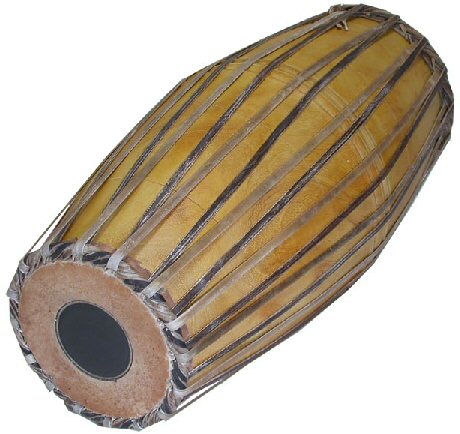Mrudangam
Mridangam is a percussion, instrument made of leather and jackfruit. It is a popular bifacial drum in Carnatic music and is used as an accompaniment in South Indian Classical music.
It is an ancient Indian instrument and is likely to be thousands of years old and the oldest and most sophisticated tradition of rhythm. We see mridangam in hands of Ganesha and by Nandi, the vahana of the lord shiva. It is called a divine instrument because Nandi played mridangam during Shiva’s tandava dance.


Mridangam is a Sanskrit word where mrid for clay and ang for body. The Taal is the Indian system of rhythm with many established individual taals that measure musical time. Players have bols which are called notes, the individual strokes on the drum. Mridangam is also very popular as an accompaniment to dance Performances
Our artists and musicians are given due recognition and patronage. One such vaadhyakara is virtuous the original Vanatta vaadhya. Ex:yela Venkateshwara Rao
Significant players of the mridangam in modern times are T.K.Murthy, T.S. Nandakumar , Mannargudi Easwaran, and so on who have been playing and advancing the technique for decades.
Specific Content Keywords : Mrudangam,Percussion instrument,South Indian classical music,Carnatic music
Tala,Rhythmic patterns,Konnakkol,Mridangist
Laya,Thoppi,Valanthalai,Kallu,Skinhead,Ghatam,Tani avartanam,Palavi,Mridangam,accompaniment,Concert percussion,Layam,Carnatic percussion.Mrudangam,Percussion instrument,South Indian classical music,Carnatic music
Tala,Rhythmic patterns,Konnakkol,Mridangist
Laya,Thoppi,Valanthalai,Kallu,Skinhead,Ghatam,Tani avartanam,Palavi,Mridangam,accompaniment,Concert percussion,Layam,Carnatic percussion.

